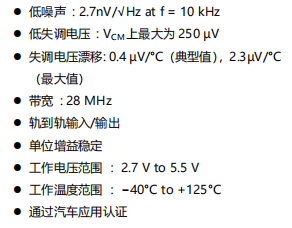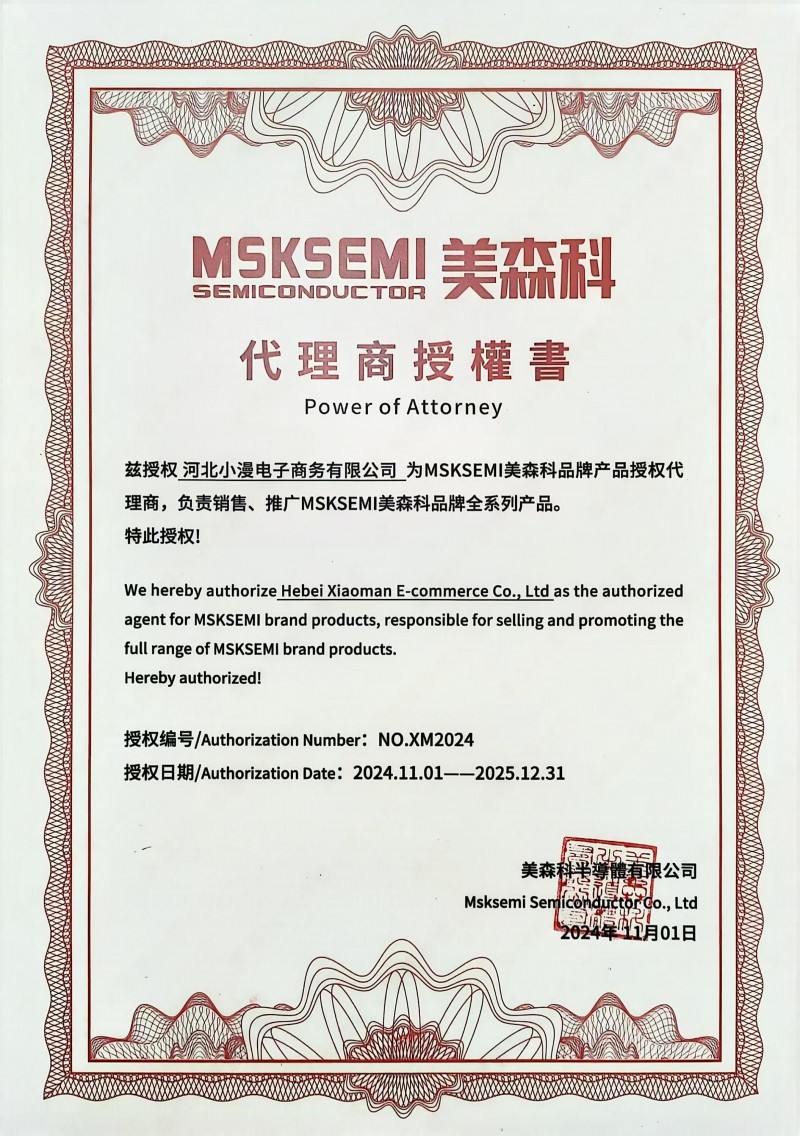在F4-Discovery上调试串口,板上无串口接口芯片,需外接电平转化芯片和串口接口,经过插针引线衔接两块电路板,板上3.3V供电180mA不足以支撑MAX3232作业,故用usb供给的+5V来为其供电。STM32F405xx/STM32F407xx手册里里写道USART1的Pin map: Tx-PA9;RX-PA10。参阅IAP的示例,昨日搞了一晚上无论如何都没有输出,很是古怪。一向认为初始化不对。今日早晨发现手册Page56中Table7. Alternate function mapping中USART1_TX/USART1_RX映射到PB6/PB7。然后做了如下的初始化,串口的引脚跳到PB6、PB7,果然有输出。那么已然管脚map上首推的映射是PA9/PA10那么为什么没有输出呢,并且用示波器测验一向为高电平?本来Discovery的实验板将PA9衔接到usb的vbus供电上了。
如下STM32F4xxxx的USART初始化。
void USART1_AF_Config(void)
{
RCC_AHB1PeriphClockCmd(RCC_AHB1Periph_GPIOB, ENABLE);
RCC_APB2PeriphClockCmd(RCC_APB2Periph_USART1, ENABLE);
/* Connect PXx to USARTx_Tx*/
GPIO_PinAFConfig(GPIOB, GPIO_PinSource6, GPIO_AF_USART1);
/* Connect PXx to USARTx_Rx*/
GPIO_PinAFConfig(GPIOB, GPIO_PinSource7, GPIO_AF_USART1);
GPIO_InitStructure.GPIO_Pin = GPIO_Pin_6;//TX
GPIO_InitStructure.GPIO_Mode = GPIO_Mode_AF;
GPIO_InitStructure.GPIO_OType = GPIO_OType_PP;
GPIO_InitStructure.GPIO_Speed = GPIO_Speed_50MHz;
GPIO_InitStructure.GPIO_PuPd = GPIO_PuPd_UP;
GPIO_Init(GPIOB, &GPIO_InitStructure);
GPIO_InitStructure.GPIO_Pin = GPIO_Pin_7;//RX
GPIO_InitStructure.GPIO_Mode = GPIO_Mode_AF;
GPIO_InitStructure.GPIO_Speed = GPIO_Speed_50MHz;
GPIO_Init(GPIOB, &GPIO_InitStructure);
/* USARTx configured as follow:
– BaudRate = 115200 baud
– Word Length = 8 Bits
– One Stop Bit
– No parity
– Hardware flow control disabled (RTS and CTS signals)
– Receive and transmit enabled */
USART_InitStructure.USART_BaudRate = 115200;
USART_InitStructure.USART_WordLength = USART_WordLength_8b;
USART_InitStructure.USART_StopBits = USART_StopBits_1;
USART_InitStructure.USART_Parity = USART_Parity_No;
USART_InitStructure.USART_HardwareFlowControl = USART_HardwareFlowControl_None;
USART_InitStructure.USART_Mode = USART_Mode_Rx | USART_Mode_Tx;
USART_Init(USART1, &USART_InitStructure);
USART_ClockInitStructure.USART_Clock = USART_Clock_Disable;
USART_ClockInitStructure.USART_CPOL = USART_CPOL_Low;
USART_ClockInitStructure.USART_CPHA = USART_CPHA_2Edge;
USART_ClockInitStructure.USART_LastBit = USART_LastBit_Disable;
USART_Init(USART1, &USART_InitStructure);
USART_ClockInit(USART1, &USART_ClockInitStructure);
NVIC_PriorityGroupConfig(NVIC_PriorityGroup_0);
NVIC_InitStructure.NVIC_IRQChannel = USART1_IRQn;
NVIC_InitStructure.NVIC_IRQChannelPreemptionPriority = 0;
NVIC_InitStructure.NVIC_IRQChannelSubPriority = 1;
NVIC_InitStructure.NVIC_IRQChannelCmd = ENABLE;
NVIC_Init(&NVIC_InitStructure);
USART_ITConfig(USART1, USART_IT_RXNE, ENABLE);
/* Enable USART */
USART_Cmd(USART1, ENABLE);
BSP_USART1_Init();
}
运用带参数的USART Printf:
#define BSP_USART1_TX_FIFO_SIZE 1024
#define BSP_USART1_RX_FIFO_SIZE 128
void BSP_USART1_Init(void)
{
kfifo_alloc(&usart1_tx_fifo, BSP_USART1_TX_FIFO_SIZE);
kfifo_alloc(&usart1_rx_fifo, BSP_USART1_RX_FIFO_SIZE);
}
unsigned int BSP_USART1_Write(char* data, unsigned int len)
{
USART_ITConfig(USART1, USART_IT_TXE, DISABLE);
len = kfifo_in(&usart1_tx_fifo, (unsigned char*)data, len);
USART_ITConfig(USART1, USART_IT_TXE, ENABLE);
return len;
}
unsigned int BSP_USART1_Read(char* data, unsigned int len)
{
len = kfifo_out(&usart1_rx_fifo, (unsigned char*)data, len);
return len;
}
unsigned int BSP_USART1_Printf(char* fmt, …)
{
va_list args;
unsigned int len;
char *buf = malloc(512);
va_start(args, fmt);
vsprintf(buf, fmt, args);
va_end(args);
len = BSP_USART1_Write(buf, strlen(buf));
free(buf);
return len;
}
Stm32f4xx_it.c中isr增加:
#include
#include
#include
extern struct kfifo usart1_tx_fifo;
extern struct kfifo usart1_rx_fifo;
void USART1_IRQHandler(void)
{
uint8_t chr;
if(USART_GetITStatus(USART1, USART_IT_RXNE))
{
chr = USART_ReceiveData(USART1);
kfifo_in(&usart1_rx_fifo, &chr, 1);
}
if(USART_GetITStatus(USART1, USART_IT_TXE))
{
USART_ClearITPendingBit(USART1, USART_IT_TXE);
if(kfifo_out(&usart1_tx_fifo, &chr, 1))
USART_SendData(USART1, chr);
else
USART_ITConfig(USART1, USART_IT_TXE, DISABLE);
}
}
主函数调用,在ADC3_DMA示例上进行USART1的增加和运用,需求留意的是用fifo时发送和接纳占用了1K多的内存还有USART1_Printf也运用了0.5K的内存,所以需求将heap的容量增大,改到0x800就够。
int main(void)
{ USART1_AF_Config();
ADC3_CH12_DMA_Config();
/* Start ADC3 Software Conversion */
ADC_SoftwareStartConv(ADC3);
while (1)
{
/* convert the ADC value (from 0 to 0xFFF) to a voltage value (from 0V to 3.3V)*/
ADC3ConvertedVoltage = ADC3ConvertedValue *3300/0xFFF;
BSP_USART1_Printf(“ADCdata: %d\r\n”,ADC3ConvertedVoltage);
Delay(0x3FFFFF);
BSP_USART1_Printf(“%s\r\n”,dispstr);
}
}
STM32F4的DMA channel map也由本来F1的2维DMAx_Channely变成3维DMA_Channelx_DMAy_Streamz,增加了许多。
ADC的DMA全在DMA2上,通道0、1、2上。
/* DMA2 Stream0 channel0 configuration **************************************/











